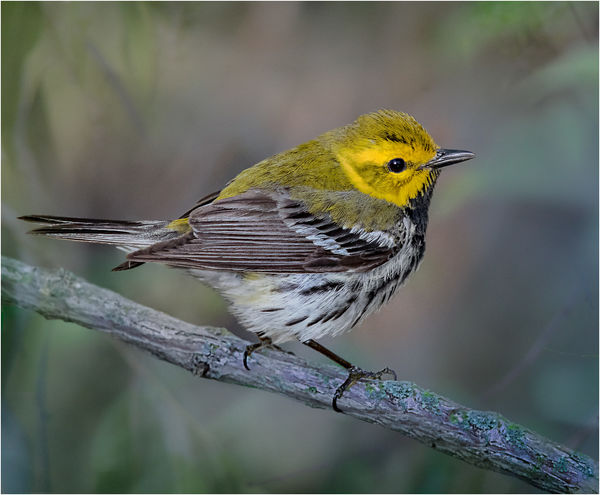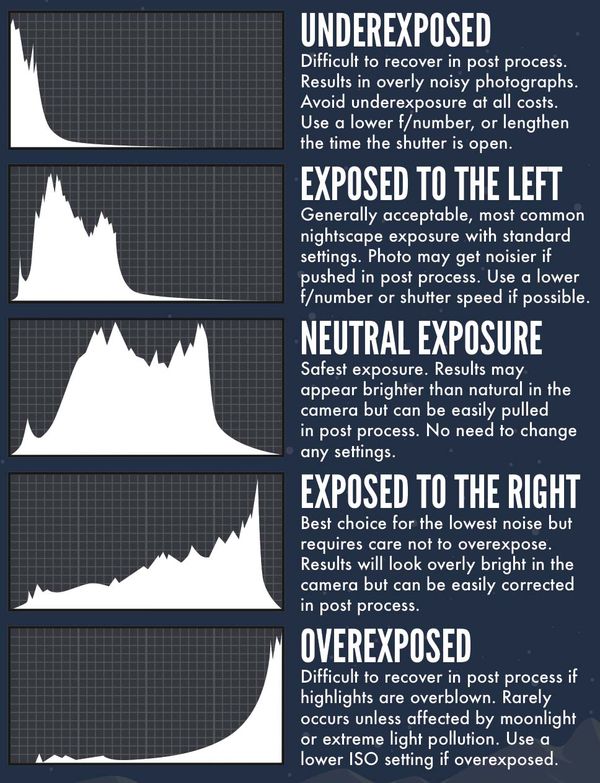Auto ISO and flash
Feb 3, 2019 10:23:13 #
TriX wrote:
Not well. I tried my Canon 5D3 and Canon 600EX-RT flash with ETTL and auto ISO, and it consistently got the exposure unusably wrong - can’t speak for how other brands would perform.
Thanks TriX! The post above yours indicates that it would switch to ISO 400 but then it meant that it switched to manual ISO. Either case for the Canon at least Auto ISO and flash is a no no. I have Nikon but I am thinking should I get a compatible flash so I can use it with Auto ISO? So far I have no need for compatible flashes. It's more like finding reason for me to spend the money!!!
Feb 3, 2019 11:46:38 #
I've used flash for both portrait and hummingbird photography. In both cases I use all manual settings and adjust the flash power to MY Desired affect. I would go back to mentioned post and ask the individual who stated you can use auto ISO with a flash to give some examples with All the camera data attached. Just because it's said on the internet does not make it so..
Now if you half press the shutter button and the camera meters say using auto ISO 3200 and then your camera fires I can see where this might work, or if you put a Low max limit on your ISO then the camera will always max out on auto ISO and then choose the correct flash power.
Now if you half press the shutter button and the camera meters say using auto ISO 3200 and then your camera fires I can see where this might work, or if you put a Low max limit on your ISO then the camera will always max out on auto ISO and then choose the correct flash power.
BebuLamar wrote:
Thanks TriX! The post above yours indicates that it would switch to ISO 400 but then it meant that it switched to manual ISO. Either case for the Canon at least Auto ISO and flash is a no no. I have Nikon but I am thinking should I get a compatible flash so I can use it with Auto ISO? So far I have no need for compatible flashes. It's more like finding reason for me to spend the money!!!
Feb 3, 2019 12:23:48 #
I'm the one who said use Auto ISO (with camera on Manual) and fill flash. Am I and my shooting buddies the only ones who use fill flash with auto ISO? I've been using it for years and getting hundreds of good exposures in shady unstable conditions. I use a Nikon dedicated system. And as I have already said, Nikon Speedlights make it very simple to dial in -1 2/3 fill flash on TTL and shoot in bursts at 1/1000 sec. on Auto ISO.
Look closely at the eyes in these shots and you may see the tiny fill flash highlight. Please explain where I went wrong as I look at my results which look fine to me?
Look closely at the eyes in these shots and you may see the tiny fill flash highlight. Please explain where I went wrong as I look at my results which look fine to me?
martinfisherphoto wrote:
I've used flash for both portrait and hummingbird photography. In both cases I use all manual settings and adjust the flash power to MY Desired affect. I would go back to mentioned post and ask the individual who stated you can use auto ISO with a flash to give some examples. Just because it's said on the internet does not make it so..
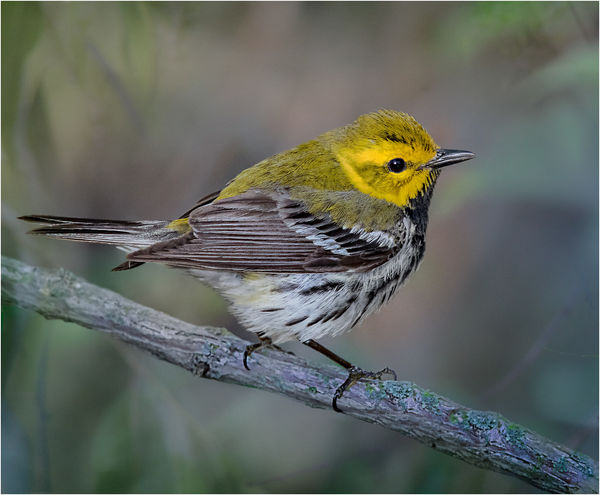
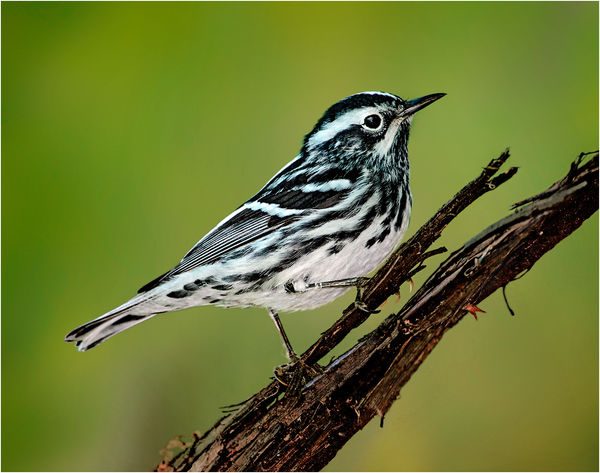




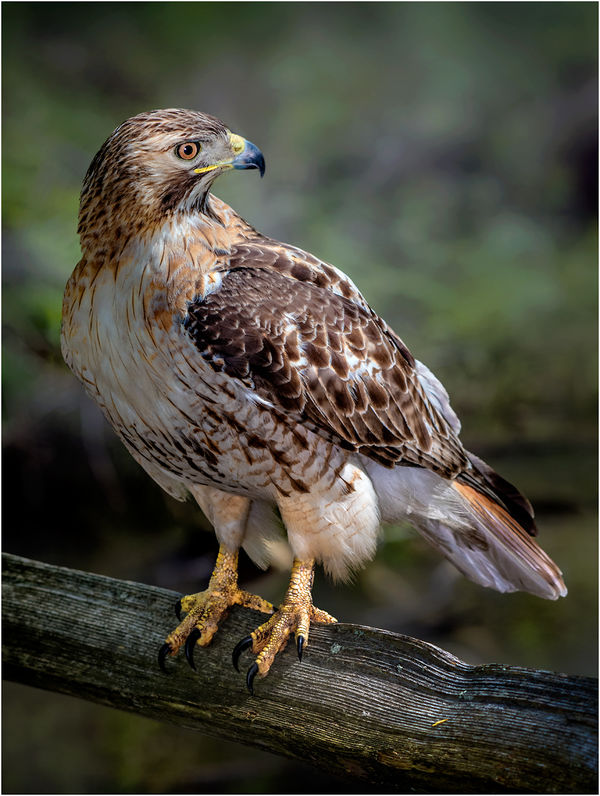


Feb 3, 2019 12:43:24 #
I'm not doubting you, but again no camera exif data. Yes you can see the flash in the birds eye, but what has that to do with exposure. No Info........
This would make a great topic on itself if it holds up..
This would make a great topic on itself if it holds up..
Fotoartist wrote:
I'm the one who said use Auto ISO (with camera on ... (show quote)
Feb 3, 2019 13:05:20 #
Fotoartist wrote:
I'm the one who said use Auto ISO (with camera on Manual) and fill flash. Am I and my shooting buddies the only ones who use fill flash with auto ISO? I've been using it for years and getting hundreds of good exposures in shady unstable conditions. I use a Nikon dedicated system. And as I have already said, Nikon Speedlights make it very simple to dial in -1 2/3 fill flash on TTL and shoot in bursts at 1/1000 sec. on Auto ISO.
Your system is unrelated to the OP query. You have a
fully integrated fully communicating flash and camera
and it recalculates everything constantly.
.
Feb 3, 2019 13:09:37 #
catchlight.. wrote:
Set the flash to "High speed sync".
That will free you of the ISO- 250/ sec limit in daylight.
ETTL or manual will work but experiment and to learn
what is required for the fill you need. ISO will also be
your choice.
That will free you of the ISO- 250/ sec limit in daylight.
ETTL or manual will work but experiment and to learn
what is required for the fill you need. ISO will also be
your choice.
That would require a fully dedicated flash
which is not in the question.
.
Feb 3, 2019 13:10:12 #
olemikey
Loc: 6 mile creek, Spacecoast Florida
Fotoartist wrote:
I'm the one who said use Auto ISO (with camera on ... (show quote)
I heartily concur! Nice shots too! I think folks just need to experiment, we have amazing equipment at our disposal, and it can do wonders if you push the envelop even a little. I've also used a fairly high powered LED shop light for fill light in the woods or other dark places, the birds and others get used to it quickly, just another way.
Feb 3, 2019 14:06:24 #
User ID wrote:
Your system is unrelated to the OP query. You have a
fully integrated fully communicating flash and camera
and it recalculates everything constantly.
.
fully integrated fully communicating flash and camera
and it recalculates everything constantly.
.
Actually my question regarding a fully integrated system. I don't have such a system so I can not determine for myself.
Feb 3, 2019 14:26:53 #
User ID wrote:
What would actually happen if you follow br my me... (show quote)
Sounds like: If the lighting stay constant, it will work.
Feb 3, 2019 14:32:25 #
You are right. I said from the beginning I have a dedicated Nikon Speedlight with all Nikon equipment. I am attaching the EXIF info on this one. They are all somewhat similar in how I expose. F8, 1/800 sec. ISO 2500.
BebuLamar wrote:
Actually my question regarding a fully integrated system. I don't have such a system so I can not determine for myself.
Feb 3, 2019 14:52:36 #
bajadreamer wrote:
I use Canon gear (5D4, 7D2, 5D3) with Canon or Yon... (show quote)
I’ve seen the acronym ETTl but not sure what that means, And that flash really works at 100 150 feet during the day as well? I’ll have to look into it
Feb 3, 2019 16:23:45 #
dyximan wrote:
I’ve seen the acronym ETTl but not sure what that means, And that flash really works at 100 150 feet during the day as well? I’ll have to look into it
ETTL . . . expose to the left
ETTR . . . expose to the right
Using the screen on the back of the camera to evaluate exposure is not practical, because how the exposure looks there is dependent on to what brightness you have the screen set. The only reliable method is using the histogram, which tells you if pixels are over or under exposed. See the attached image for a full explanation on how to "read" the histogram.
Feb 3, 2019 17:56:21 #
Weddingguy wrote:
ETTL . . . expose to the left
ETTR . . . expose to the right
Using the screen on the back of the camera to evaluate exposure is not practical, because how the exposure looks there is dependent on to what brightness you have the screen set. The only reliable method is using the histogram, which tells you if pixels are over or under exposed. See the attached image for a full explanation on how to "read" the histogram.
ETTR . . . expose to the right
Using the screen on the back of the camera to evaluate exposure is not practical, because how the exposure looks there is dependent on to what brightness you have the screen set. The only reliable method is using the histogram, which tells you if pixels are over or under exposed. See the attached image for a full explanation on how to "read" the histogram.
ETTL in this case is Electronic Thru The Lens, the automated control of flash.
Feb 3, 2019 20:30:17 #
Fotoartist wrote:
You are right. I said from the beginning I have a dedicated Nikon Speedlight with all Nikon equipment. I am attaching the EXIF info on this one. They are all somewhat similar in how I expose. F8, 1/800 sec. ISO 2500.
I can see how a flash would workin this this scenario but I thought the original question was how to catch a bird in flight. And people suggested using a flash I was wondering how work would work at 150 feet in the daytime?
Feb 4, 2019 01:33:22 #
Those are really nice pictures of birds.Do you use blinds to get near so flash can be effective?
If you want to reply, then register here. Registration is free and your account is created instantly, so you can post right away.




